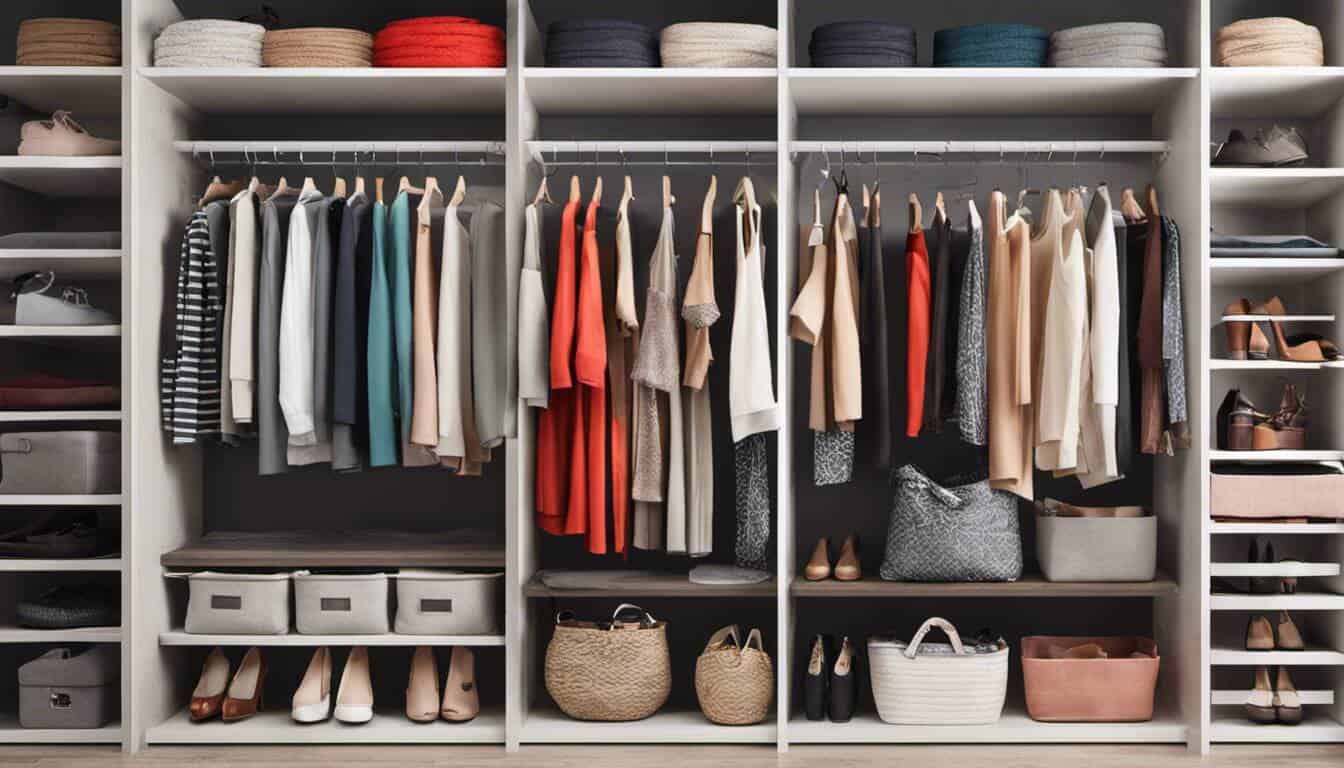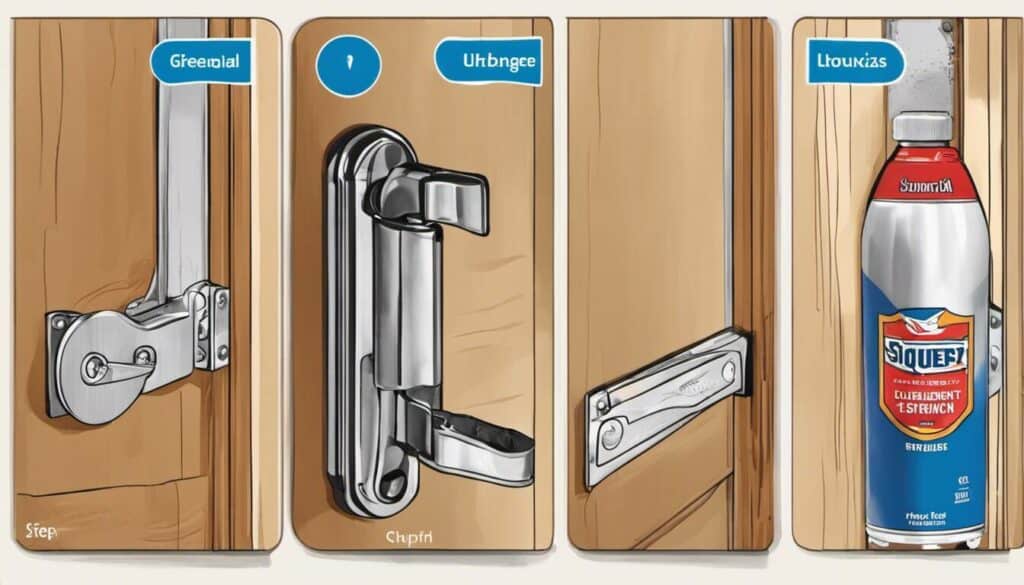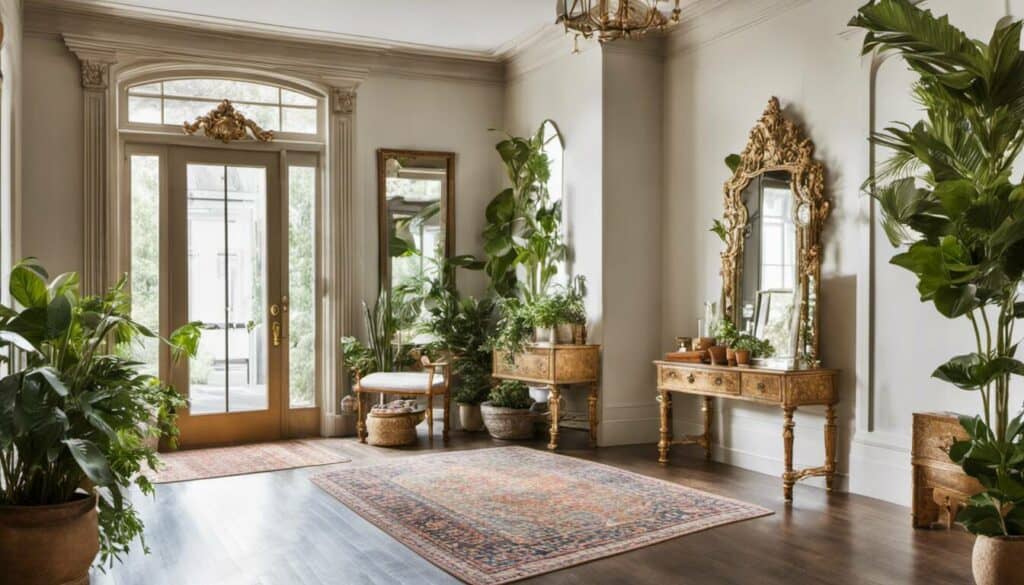I uncover how organizing my closet became a therapeutic escape and provided peace of mind in my stressful daily life. I discovered solace in restoring order to my wardrobe, finding peace in the process. I unveil how organizing my closet is like therapy for me and explain how these invaluable insights not only transformed my space (in and outside the wardrobe), but also my mindset. Let these simple yet powerful techniques guide you toward a more organized and serene closet, where every item finds its place, and every glance brings a sense of contentment.
Our website features a variety of tried and tested closet organizing hacks, including decluttering tips, budget-friendly solutions, space-saving techniques, and creative storage ideas. From using collapsible boxes to making use of tension rods or pool noodles, our website provides a comprehensive guide that cater to all your closet organizing needs.
“The secret to maximizing storage space in your closet is to utilize the depth, not just the breadth and height of your storage area. Vertical organizing is good, but it’s only halfway; make sure every inch is made to purpose by integrating space-saving solutions like multi-tier hangers or installing shallow drawers for folded items in deep shelves.”
McAllister Kingston , Certified Professional Organizer
Purging and Sorting Closet Items
Before diving into organizing your closet, it’s essential to start with a clean slate. Begin by purging and sorting through all the items in your closet. This step is crucial as it allows you to declutter and make space for the things that matter most. **** Take the time to assess each item and determine if it still serves a purpose or brings you joy. If an item no longer fits or hasn’t been used for an extended period, consider donating it or selling it to someone who may find value in it. By purging and sorting, you create a foundation for an organized and efficient storage system.
- Before organizing your closet, make sure to start with a clean slate by purging and sorting through all items. Assess each item and consider donating or selling those that no longer serve a purpose or bring you joy. This creates a foundation for an organized and efficient storage system.
Implementing a Label System
Once you have decluttered and sorted through your closet items, taking the extra step of implementing a label system can bring further organization and ease to your daily routine. Labels provide clarity and help you quickly locate specific items when needed. **** There are various ways you can incorporate labels into your closet organization strategy. You can use adhesive labels on boxes or containers to identify their contents. Another option is labeling shelves or cubbies to designate specific categories such as sweaters, pants, or shoes. If you prefer a more visual approach, consider using clear plastic bins with labels or invest in fabric bins with built-in label holders. By implementing a label system, you’ll save time searching for items and maintain the tidiness of your organized space.
Planning for Seasonal Swaps
The changing seasons bring a need for rotating our wardrobe to accommodate the weather and make the most of our closet space. When it comes to planning for seasonal swaps in your closet, there are a few key steps to consider. First and foremost, take out everything from your closet and assess each item. Determine what you have worn recently and what you haven’t. This evaluation will help you decide what to keep, what to donate or sell, and what to put into storage for the upcoming season.
Once you have sorted through your clothes, it’s time to clean your closet thoroughly. Dust off shelves, vacuum the floor, and wipe down any surfaces. A clean space will not only make organizing easier but also create a fresh start for the new season.
Next, measure your closet space and make a plan for storage solutions based on the items you have. Consider utilizing various storage tools such as collapsible boxes or bins, which are budget-friendly options often found at dollar stores. These containers can be used to store out-of-season clothes or accessories neatly on shelves or under the bed.
When it comes to seasonal swaps in your closet, using different storage solutions is key. Here are a few examples:
Storage Solution |
Benefits |
|---|---|
Collapsible boxes |
Easily foldable when not in use |
Under-bed storage |
Utilizes unused space |
Shelf dividers |
Helps separate items and avoid clutter |
Shoe racks |
Organizes footwear neatly |
In addition to these solutions, consider utilizing wall space by installing hooks or small shelves for hanging bags or scarves. Door organizers can also be used to maximize storage potential. Remember, effective planning ensures a smooth seasonal transition while optimizing your closet’s efficiency.
Now that we have discussed planning for seasonal swaps let’s explore another key aspect of efficient closet organization: maximizing space with vertical storage solutions.
Maximizing Space with Vertical Storage Solutions
When it comes to organizing your closet, thinking vertically can help you make the most of every inch of available space. Utilizing vertical storage solutions not only optimizes storage capacity but also adds visual interest to your closet.
One effective strategy for maximizing space is to install an additional closet rod above the existing one. This simple addition instantly doubles the hanging space in your closet and allows you to separate items by category or frequency of use. Use matching hangers to create a cohesive and organized look.
Another vertical storage solution is tiered hangers, particularly useful for skirts or pants. These specialized hangers allow you to hang multiple items on a single hanger, saving valuable horizontal space in your closet. Additionally, consider using single skirt hangers with spring-clips and smooth rubber grips, although they may be harder to find commercially.
Imagine having a small closet with limited horizontal space. By incorporating a second rod above the first one and using tiered hangers, you can effectively create more room for both tops and bottoms without sacrificing organization or accessibility.
To further maximize vertical space, invest in collapsible shoe racks or small bookcases for storing boots and shoes. Utilize the higher shelves for less frequently worn pairs and keep everyday shoes within easy reach on lower levels.
Maximizing space with vertical storage solutions can transform even the smallest closets into efficient storage spaces. With strategic planning and the right tools, you can optimize every inch and ensure no wasted space goes unnoticed.
Advantages of Stacking and Shelving
When it comes to maximizing the storage space in your closet, stacking and shelving are two techniques that offer numerous advantages. Stacking allows you to utilize vertical space effectively by piling items on top of each other. This is particularly useful for folded clothing, such as sweaters or jeans, as it prevents them from taking up unnecessary floor space. By stacking items neatly, you can create a visually appealing and organized closet while still having easy access to each item.
Imagine having a stack of jeans neatly arranged in your closet, allowing you to grab the pair you want without disturbing the rest. It not only saves time but also keeps your clothes wrinkle-free.
On the other hand, shelving provides a structured system for storing various items. With shelves in place, you can separate different categories of clothing or accessories and keep them easily visible and accessible. This method is ideal for displaying shoes, handbags, or folded items that don’t require hanging.
Shelving also helps in avoiding clutter by creating designated spaces for specific items. Instead of tossing things haphazardly onto a shelf, you can arrange them neatly and maintain an organized aesthetic appeal.
The key advantage of both stacking and shelving is that they make the most out of vertical space, which is often underutilized in closets. By utilizing the height of your closet effectively, you free up valuable floor space for additional storage solutions or even other furniture if needed.
Now that we’ve discussed the advantages of stacking and shelving, let’s explore how simplifying your closet structure with baskets, cubes, and dividers can further enhance your organizing efforts.
Simplifying Closet Structure with Baskets, Cubes and Dividers
One common challenge in maintaining an organized closet is dealing with smaller items or accessories that tend to get easily misplaced or tangled. To address this issue, incorporating baskets, cubes, and dividers into your closet structure can be immensely helpful.
Baskets provide a perfect solution for storing items like scarves, belts, or socks. With different sizes and styles available, you can choose the ones that fit your closet space and personal aesthetic. Baskets not only keep these smaller items contained but also add a touch of visual appeal to your closet.
Cubes come in handy when you need to organize and separate different categories of clothing or accessories. Whether it’s dividing t-shirts by color or keeping different styles of handbags neatly arranged, cubes give structure to your closet and make it easier to locate specific items.
Dividers are particularly useful in wardrobes where hanging items are the main focus. By using dividers, you can section off areas within your hanging space for specific types of clothing like shirts, dresses, or skirts. This helps maintain a neat appearance while making it simpler to find what you’re looking for.
The beauty of using baskets, cubes, and dividers is that they allow you to customize your closet structure according to your unique needs and preferences. They simplify the organization process by providing clear boundaries and designated spaces for each category of items.
In addition to effective storage of accessories and footwear with baskets, cubes, and dividers, there are other elements worth considering for an efficiently organized closet space.
Effective Storage of Accessories and Footwear
A well-organized closet doesn’t stop at hanging clothes and folding items neatly. Efficiently storing accessories and footwear is just as vital to maximize space and enhance accessibility. When it comes to organizing your accessories, think beyond traditional methods and explore creative solutions.
For jewelry, consider installing towel racks on the interior walls of your closet. This provides a convenient place to hang necklaces and bracelets, keeping them tangle-free and easily visible. Another option is using screw-in hooks to hang belts, scarves, or even sunglasses.
To keep your shoes in order, take advantage of over-the-door shoe organizers. These nifty storage solutions can be hung on the back of your closet door, allowing you to store numerous pairs of shoes in a compact manner. Additionally, utilizing small cheap bookshelves for boots helps prevent them from toppling over while creating an organized display.
Remember that maintaining the shape of bags is important too. Stuffing them with tissue paper not only keeps their form intact but also creates an additional storage space within the bag itself. Instead of hanging bags, which can stretch out handles, consider sitting them on shelves or using bookends or repurposed long boot boxes as drawers for less frequently used bags.
Now that we have explored effective storage ideas for accessories and footwear let’s move on to enhancing closet navigation by making innovative use of hangers.
Enhancing Closet Navigation with Innovative Hanger Use
Hangers are not merely tools for hanging clothes; they can also play a crucial role in optimizing your closet space and improving navigation. Let’s explore some innovative ways to make use of hangers:
Cascade hooks are genius for maximizing vertical space in your closet. By cascading multiple hangers onto one central hook, you can effectively double the amount of clothing you can hang without taking up additional horizontal space.
For skirts, tiered hangers are a game-changer. These specialized hangers allow you to hang multiple skirts on one hanger, reducing clutter and making it easier to locate specific items.
If you prefer using traditional hangers for skirts, look for ones with spring-clips and smooth rubber grips. These features help prevent clothes from slipping off the hanger and maintain their shape.
Imagine the convenience of reaching into your closet and immediately finding the skirt you want to wear, without having to rummage through a pile of clothes.
Innovative hanger use is just one piece of the puzzle when it comes to organizing your closet efficiently. Let’s explore further how you can make the most out of your closet space.






Dedicating labels to storage boxes helped me keep track of my clothes and shoes efficiently without having to empty everything out each time I needed something specific. It saved me a great deal of time struggling with piles, plus it enhanced my daily routine since I knew exactly where everything was located.
I can completely relate to your approach, Kathryn! Using labels is a brilliant method; it’s been my holy grail for organizing not just wardrobes, but also kitchen pantries and garage shelves. The key lies in developing a system that integrates effectively into your daily routine, enhancing overall productivity and minimizing time wastage.
I too find labeling an effective strategy for keeping things tidy; color-coding labels based on seasonal or occasion-specific clothing have worked wonders for my morning routine!
Frida, your routine sounds excellent! Using color-coded labels indeed simplifies things. However, for my clients who are visually impaired or prefer touch, I tend to assign specific sections in the closet for each category–winter coats at the far left, and casual summer dresses at the far right.
That’s a great consideration, Valencia! I’ve found that using textured labels or even ribbons can also provide tactile cues for clothing categories for my brother who is visually impaired.